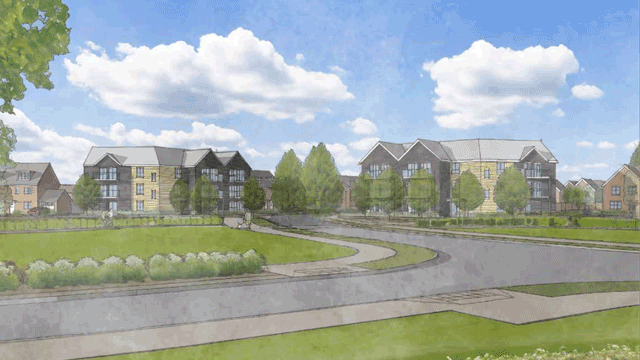The House of Lords judgment in Moncrieff v Jamieson [2007] UKHL 42 dealt with two separate issues. Much has been made of the ruling that a right to park vehicles was a valid easement in Scottish law. However, the Lords also decided that, because of the unusual situation of the property in that case, the rights of way to the property were wider than they appeared. Consequently, the user of the rights of way was also entitled to park vehicles on the land over which the rights were granted, to obtain access to his home.
The decision could be applied to any property with access rights, but the House of Lords emphasised that the property was situated in an exceptional position on the foreshore at the bottom of a steep cliff on a Scottish island. Consequently, it was not clear if, and to what extent, the decision would apply in
Waterman v Boyle [2009] EWCA Civ 115; [2009] PLSCS 73 has partially clarified the position. The case concerned a right of way over a driveway, granted in conjunction with rights to park two private motor vehicles in an area designated for parking. Did the right of way include additional implied rights for private and trade visitors to park vehicles on the driveway while they were visiting (without obstructing the normal use of driveway)?
The Court of Appeal noted that the decision in Moncrieff established that, for the purposes of Scots law, which was the same as English law in this respect, a right to park could be implied into a vehicular right of way if the right to park was reasonably necessary for the exercise or enjoyment of the right of way. However, the situation of the property in Moncrieff was quite exceptional.
In Waterman, the parties had specifically considered parking rights and had made what appeared to be adequate provision for parking. The right to park in front of the property was restricted to private vehicles. However, there were four more parking spaces at the rear of the property at the time of the transfer in which the rights were granted, which were accessible by a separate rear entrance. Consequently, it was possible to make effective use of the right of way without additional parking rights for private or trade visitors.
The Court of Appeal went further. Their lordships ruled that, where an express right attaches to property, it is most unlikely that a further similar right will arise by implication (unless the circumstances are quite exceptional).
Consequently, it seems that rights of access will include rights to park only in special cases. Will dwellings in modern urban developments that are sold with rights of way over estate roadways, but without parking rights, constitute special cases? We must wait and see. In the meantime, practitioners granting rights of access would be well advised to include additional wording prohibiting any parking, except, perhaps, for short periods for loading and unloading.
Allyson Colby is professional support lawyer at Pinsent Masons LLP









